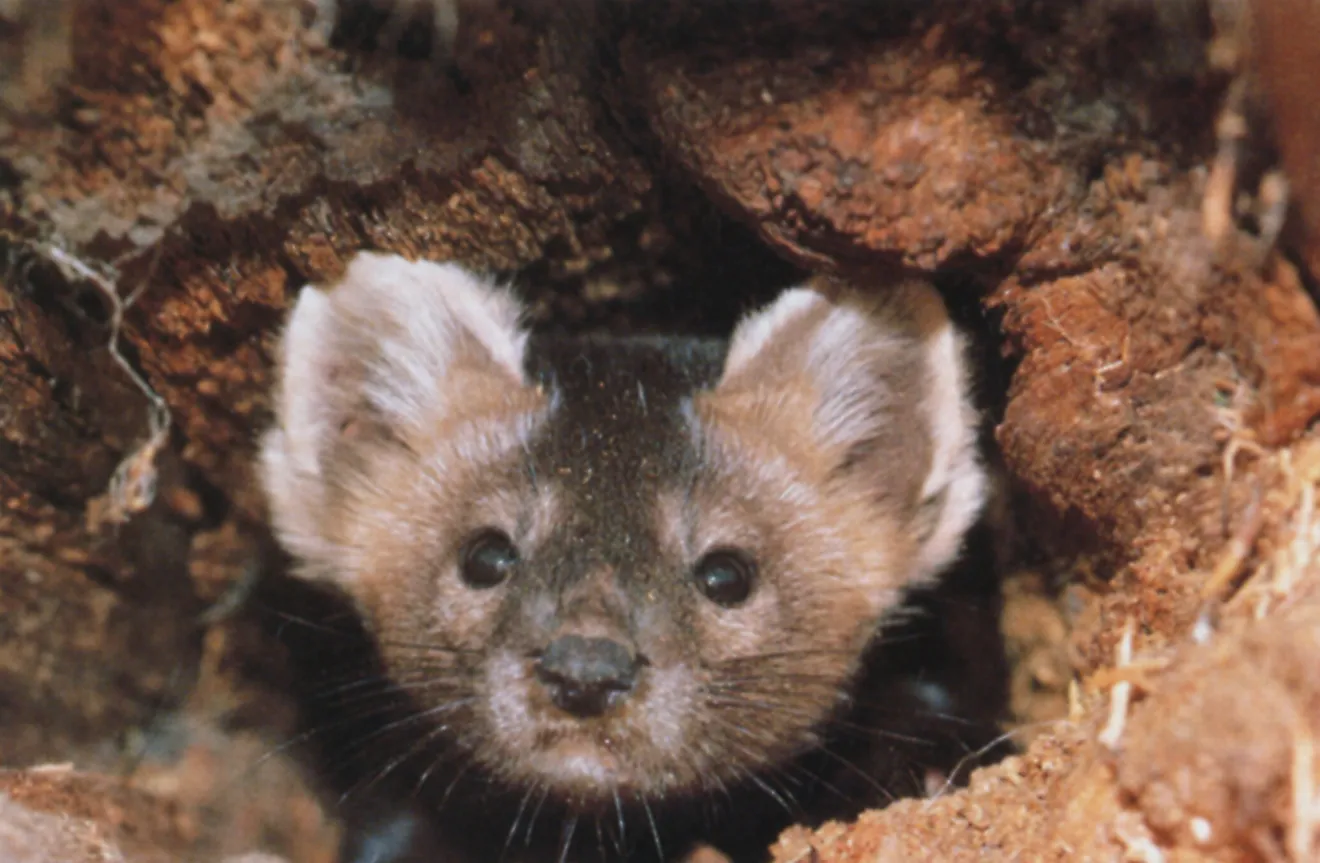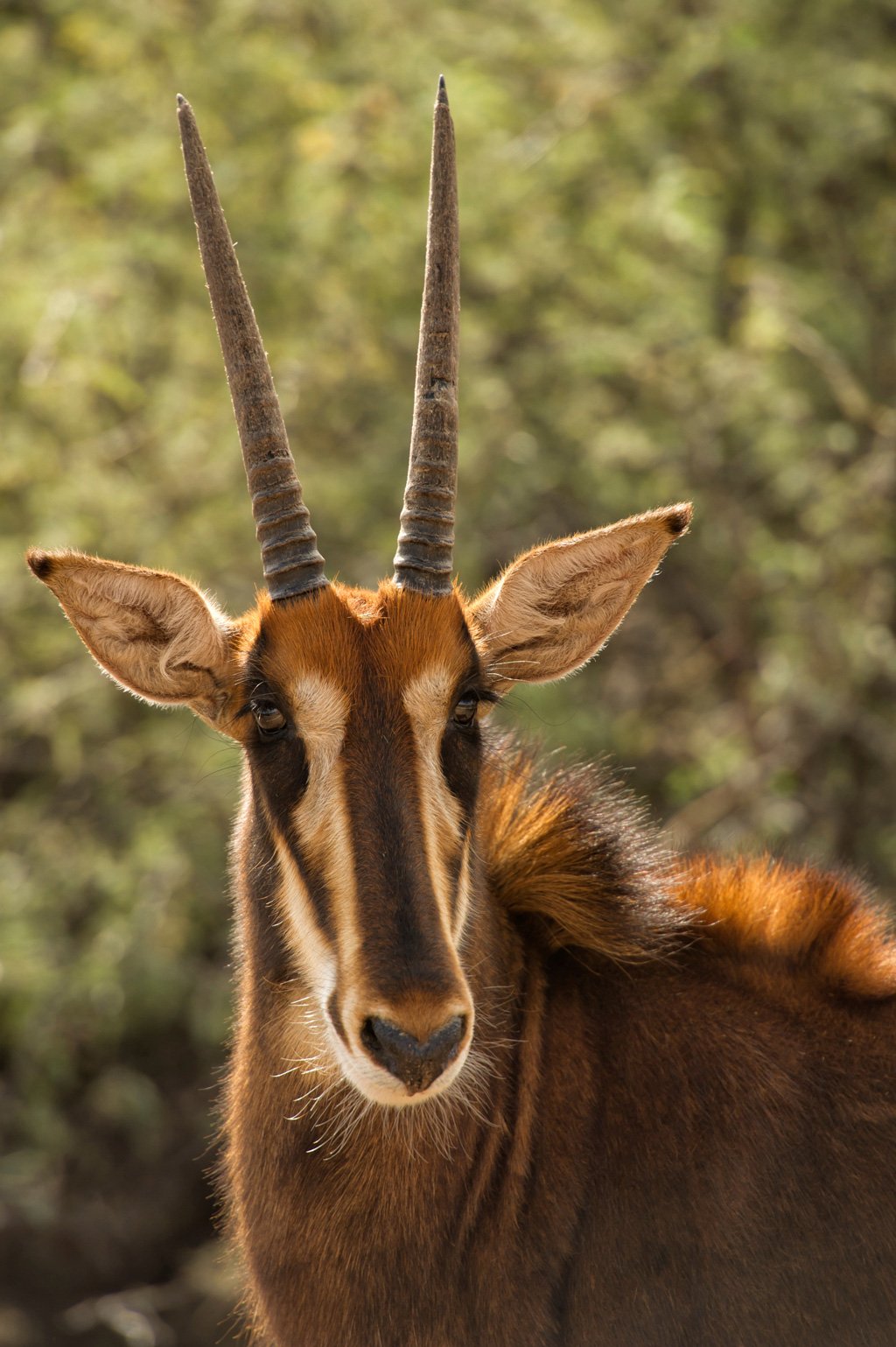Have you ever stopped to think about the creatures that share our planet, especially those a bit more hidden from everyday view? So, there are many animals out there that truly capture the imagination, living quiet lives in far-off places. We might hear whispers of their beauty or their unique ways, but seldom get a chance to really learn about them. It's almost like they exist in a storybook, yet they are very real, very much a part of the natural world around us.
One such creature, a true marvel of the northern forests, is the sable animal. This animal, known for its truly fine coat, has a history that intertwines with human desires and the vast, quiet woodlands it calls home. It is a creature of grace, a member of a fascinating animal family, and a vital part of its own environment. You know, its story is a pretty interesting one, full of surprising facts and behaviors that make it quite special.
This article will take a closer look at the sable animal, helping us to get to know this amazing forest dweller a little better. We'll explore where it lives, what it eats, and how it goes about its daily life. We'll also touch on why people have found it so appealing over time, and what its place is in the bigger picture of nature. Basically, by the way, we hope to shed some light on this often-talked-about but perhaps less-understood animal.
Table of Contents
- What is a Sable Animal, Anyway?
- What Does the Sable Animal Eat?
- How Does the Sable Animal Live?
- Is the Sable Animal a Good Pet?
What is a Sable Animal, Anyway?
So, when we talk about the "sable animal," what exactly are we picturing? It's a small creature, a type of marten, scientifically known as Martes zibellina. This animal is a member of the weasel family, which is called Mustelidae. Think about ferrets, otters, or even badgers; the sable animal shares some family traits with them. It has a body that is rather slender, with limbs that are not very long, and a tail that is quite bushy. It's known for its truly soft fur, which is often a dark brown or even black color. This particular animal is a carnivore, meaning it primarily eats other animals, but it's also a bit of an opportunist when it comes to food, which we'll get into a little later.
The Sable Animal's Family Tree
The sable animal is a close relative of the pine marten, for instance, sharing many characteristics with it. These animals are generally known for being quite clever and having a way of moving that seems very fluid. Their family, the Mustelidae, is pretty diverse, including a lot of creatures that are known for being skillful hunters and having a certain kind of wild spirit. The name "sable" itself has a history; it seems to come from Slavic languages and found its way into many European tongues quite early on, often referring to this creature or its highly prized fur. You know, it's interesting how a name can travel so far and stick around for so long, isn't it?
Where Does the Sable Animal Call Home?
This particular sable animal prefers to live in dense forests. Its natural home spans across the northern parts of Asia and Eurasia. You'll find it throughout Russia, from the Ural Mountains all the way through Siberia, and also in northern Mongolia and parts of China. It even makes its way into Japan. So, it's pretty widespread in those colder, wooded regions. These areas provide the kind of cover and food sources that the sable animal needs to thrive. It's a creature that truly belongs to these quiet, often snow-covered, forest environments, where it can move about with a good deal of freedom and find what it needs to survive. Basically, it's a cold-weather forest dweller, through and through.
What Does the Sable Animal Eat?
So, what does a creature like the sable animal, which spends its days in dense forests, actually eat? It's primarily a meat-eater, a hunter of smaller animals. Its diet includes things like rodents, which are pretty common in its habitat. It also goes after birds and fish, showing that it's quite adaptable in its hunting. But here's a little twist: while it's a carnivore, the sable animal is also what you'd call an omnivorous opportunist. This means that while meat is its main fare, it will also eat other things if they're available and easy to get. For example, it's known to munch on berries, which can be a good source of food when other prey might be scarce. This flexibility in its eating habits is a big part of why it can do so well in its environment.
The Sable Animal's Meal Plan
The sable animal's ability to eat a variety of things helps it get by through the changing seasons. When small mammals are plentiful, that's what it will mostly go for. But when food sources are a bit harder to come by, it can switch things up. This adaptability is a pretty neat trick for any animal living in places where conditions can change a lot. It means the sable animal isn't completely reliant on just one type of food, which gives it a better chance of finding enough to eat year-round. You know, it's a pretty smart way to live, if you think about it, making the most of whatever the forest offers.
How Does the Sable Animal Live?
How does the sable animal actually spend its days and nights in those big forests? Well, it's known for being incredibly quick and very nimble. It moves through the trees and across the forest floor with a good deal of speed, whether it's looking for food or trying to avoid something. This animal is also quite elusive, meaning it's not always easy to spot. It hunts with a good deal of precision and moves quietly, making it a very effective hunter. These creatures are also considered to be rather clever, and they actually need things to keep their minds busy, along with some social interaction, which is pretty interesting for a wild animal. They have a unique way of reproducing, too, which helps them continue their kind in their forest homes.
The Sable Animal's Daily Routine
A typical day for a sable animal involves a lot of moving about. They are known for their ability to cover ground quickly, whether they are on the hunt or simply traveling. Their senses are sharp, helping them find their next meal or stay clear of danger. They are also quite territorial, meaning they have their own areas they consider home and will protect them. The sounds they make are also a part of their communication, helping them interact with others of their kind or warn off unwelcome guests. It's clear that the sable animal is a creature that is very much at home in its environment, knowing how to use its abilities to get by. So, they're pretty self-sufficient, in a way, living out their lives with a good deal of independence.
Is the Sable Animal a Good Pet?
Given how interesting the sable animal is, some people might wonder if it could make a good companion. You know, like ferrets, which are also part of the weasel family and are quite popular as household companions. Ferrets are small, full of energy, and very clever, and they need a lot of careful attention. The sable animal shares some of these traits; it's quite intelligent and needs things to stimulate its mind, as well as social interaction. However, keeping a wild animal like a sable animal as a pet comes with a lot of things to think about. They have specific needs for their diet, their living space, and their behavior that are very different from a typical household animal like a cat or a dog. Honestly, it's a big responsibility.
Life with a Sable Animal Companion
While some people might find the idea of having a sable animal as a pet appealing, it's important to remember that they are wild creatures. They are used to living freely in vast forests, hunting for their own food, and moving about as they please. Recreating that kind of environment and meeting all of their needs in a home setting is very challenging. They require a lot of space, a very specific diet that mimics what they'd find in the wild, and a lot of mental activity to keep them from getting bored or stressed. So, while they are intelligent and can be quite captivating, they are not like your average household animal. It's a bit like trying to keep a tiny wild tiger; it sounds exciting, but the reality is much more complex for both the animal and the person. Basically, they're probably best left to their natural forest homes.


